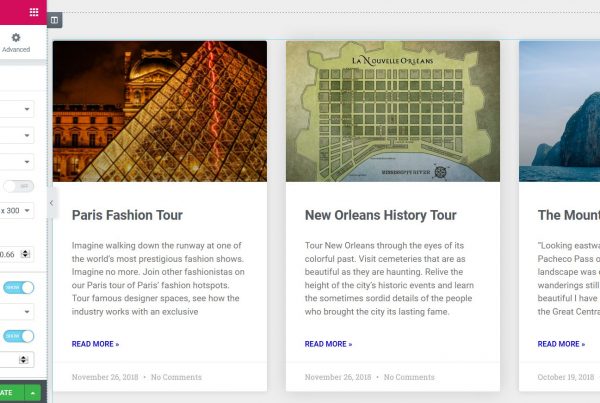The concept 'gamification (or gamification in Spanish), describes the transfer of items similar to a game to a context outside the real game.
Definition
With gamification, typical game design items and processes are used in a different context. The goal is to effect a change in user behavior.
Game design items
The so-called typical game design items on which the most popular games are based include:
- Visible progress: the user can recognize at any time how far they have come in a task, for example by showing the percentage.
- Sort list- Players or their points are displayed in a leaderboard list
- Reward- Players are rewarded by completing certain tasks. For example, the avatar may be allowed to buy things that will be useful later in the game.
- Prize: prizes will be awarded for reaching certain goals.
- Time limit- Points that have already been reached may be lost after a certain time due to inactivity.
- Qualification- Players can rate each other.
Gamification in practice
Many people come into contact with gamification on a daily basis without realizing it. Game design items have been around in marketing campaigns for some time, for example, when food or beverage suppliers print a winning code on the bottle caps of packaging that can then be scanned and inserted into a container. web to receive an award. Even loyalty cards - "9 coffees - 1 free" from a local café or free collectible cartoons on chocolate bars are classified as gamification.
The numerous loyalty and bonus cards, which can be obtained in almost any clothing or electronics store, are also part of gamification, since the customer is rewarded for different actions. Purchases on certain days, the purchase of a certain product, purchases on one's birthday among other results in an increase in points. When players have reached a certain number of points, they are rewarded. These are, for example, the typical processes seen in PC games.
goals
The goal of gamification is to provoke a change in user behavior. In the field of marketing, the goal is usually to increase conversions and, essentially, generate profits. Typical game design items are already used in the industry. In this way, gamification is usually about increase worker motivation, which is particularly important in monotonous work.
App
Along with the aforementioned fields of application, gamification is also used in the following fields:
- Online weight loss programs in which participants count points or calories, reach daily / weekly / monthly goals and can participate in challenges or receive virtual rewards for maintaining their goals.
- Virtual contests in which participants enter their careers and are displayed daily on a leaderboard.
- Question and answer platforms that reward users when they give a fundamentally useful answer.
- Platforms like Foursquare in which users win a prize when they usually "go online" in different places.





